In vaping, a rebuildable atomizer (RBA) is an attachment for a vape mod that serves as a replacement for a traditional vape tank with pre-built coils. When you use an RBA, you build your own coil from scratch with wire and a wick material such as cotton. Rebuildable atomizers have existed for a little over a decade. Although they were once very popular, they occupy a fairly small niche today. It’s an important niche, though, which is why RBAs are still manufactured and sold.
So, is a rebuildable atomizer the right choice for your vaping setup? In this guide, I’ll explain everything that you need to know.
Revolutionary New Disposable Vape
The new Lost Mary MT15000 lasts up to 15,000 puffs and features the incredible new Pulse Mode that allows you to get double the vapor on demand. A front display shows the device's e-liquid supply and battery life at a glance. Try the Lost Mary MT15000 Sample Pack, which includes three different flavors, for just $39.99. Take an additional 20% off with the coupon code VAPEGRL.
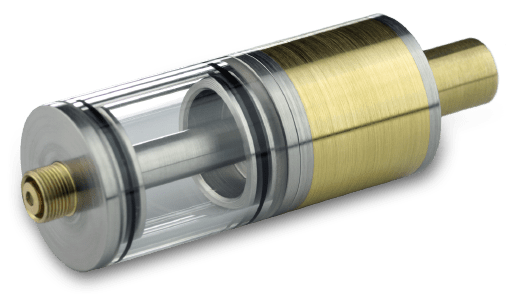
Understanding Rebuildable Atomizers (RBA)
At its core, an RBA is a component of a vaping device where the user can assemble the heating coil(s) and wicking material themselves. There are several types of rebuildable atomizers, each offering different levels of customization and complexity, including Rebuildable Dripping Atomizers (RDA), Rebuildable Tank Atomizers (RTA), and Rebuildable Dripping Tank Atomizers (RDTA).
- Rebuildable Dripping Atomizers (RDA): Require users to drip e-liquid directly onto the coil and wick. They are known for producing excellent flavor and vapor but require frequent re-dripping because the wick only holds enough e-liquid for a few puffs.
- Rebuildable Tank Atomizers (RTA): Combine the customization features of an RDA with the convenience of a tank. The e-liquid is stored in a tank and fed to the coil via a wicking system. Because an RTA offers some e-liquid storage, it doesn’t require constant re-dripping like an RDA. However, the vapor production of an RTA is usually fairly modest compared to an RDA or even a traditional off-the-shelf vape tank.
- Rebuildable Dripping Tank Atomizers (RDTA): Offer a hybrid experience, featuring a tank to hold e-liquid and a deck to build on, allowing for dripping directly onto the coils or wicking from the tank. Because the build deck is located above the tank, an RDTA usually has excellent airflow. However, since the e-liquid has to fight gravity to get from the tank to the coil, you can’t chain vape with an RDTA and need to wait a bit between puffs for the coil to refresh itself.
Benefits of Using an RBA
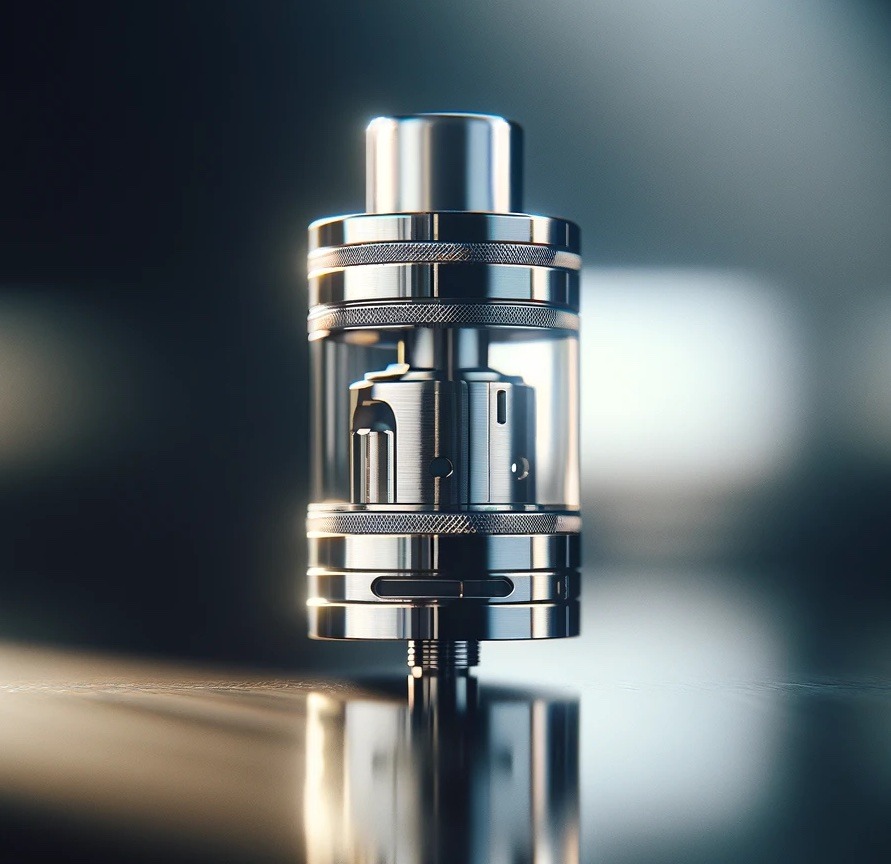
The primary advantage of using an RBA is the level of customization it offers. You can tailor your device to produce the exact experience you desire, whether that’s a focus on flavor, cloud production, or a balance of both. Additionally, RBAs can be more cost-effective in the long run, as building your own coils is generally cheaper than buying pre-made ones.
In addition to those benefits, some people use RBAs simply because they enjoy the process of building coils. For those people, it’s fun to go through the methodical process of wrapping wires and trying to create the most perfect and most photogenic coils possible.
Drawbacks of Using an RBA
In the past, one of the biggest benefits of using an RBA was that you’d get much bigger clouds and richer flavors than with an off-the-shelf vape tank. Thanks to the introduction of modern mesh coils, though, that’s no longer the case today. These days, you’ll get better vapor production with a tank. Modern vape tanks have essentially made RBAs obsolete for many people.
Another drawback of using an RBA is that building a coil takes quite a bit of time. Even if you’re a very experienced coil builder, you can expect building a new coil from scratch to take around 15-30 minutes. Compared to the extremely quick process of replacing a pre-built coil in a vape tank — and in light of the lackluster vapor production of RBAs — many people simply don’t think the effort is worthwhile.
How to Use an RBA
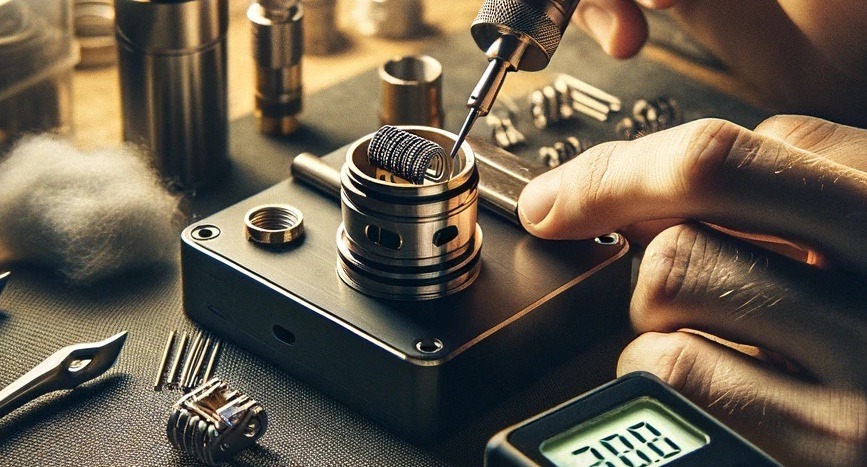
Using an RBA involves several steps. Although walking you through the process of building a coil from scratch is beyond the scope of this article, here’s a guide that’ll help you understand what the process entails.
- Coil Building: The first step involves wrapping resistance wire into coils. The resistance of your coil will affect the heat it generates, impacting the flavor and vapor production. To build a coil, you’ll need a piece of resistance wire and a coil jig or a small rod. Wrap the wire around the jig or rod to create coils with your desired resistance. It’s essential to have a basic understanding of Ohm’s law to ensure the resistance is within a safe range for your battery.
- Installing the Coil: Once you have your coils, it’s time to install them on the atomizer deck. Loosen the screws on the deck, insert the ends of your coils into the posts, and tighten the screws to secure the coils in place. Make sure the coils are aligned and positioned correctly for even heating.
- Testing the Build: Before using your RBA, it’s crucial to test the build with an Ohm meter or a regulated mod that displays resistance. This step ensures your build is within a safe resistance range and identifies any potential short circuits. Fire the coils at a low wattage to check for even heating and adjust as necessary.
- Wicking: After installing the coils, you’ll need to wick them. Cut a piece of cotton wick slightly wider than the coil’s inner diameter. Thread the cotton through the coil, leaving enough on each side to tuck into the juice well. The wick should be snug but not too tight, as this can restrict juice flow. Trim any excess wick and ensure it’s properly saturated with e-liquid before you start vaping.
- Priming and Vaping: Once your build passes the safety check, apply e-liquid directly onto the coils and wick to prime them. This step is crucial to avoid dry hits and ensure the cotton is fully saturated. After priming, assemble your RBA and fill the tank (if using an RTA or RDTA). Allow a few minutes for the juice to fully saturate the wick before you start vaping.
- Adjustments and Maintenance: As you use your RBA, you may need to make adjustments to the coil position or wicking to optimize performance. Regularly clean your atomizer and replace the cotton wick to maintain flavor quality. Coils can also be dry-burned and re-wicked several times before they need to be replaced.
Safety Considerations
While RBAs offer great customization, they also require a higher level of knowledge and responsibility. Understanding Ohm’s law and battery safety is crucial to prevent accidents. It’s also important to regularly inspect and maintain the build to ensure optimal performance and safety. For proper vape battery safety, I suggest using a rebuildable atomizer with a regulated mod only, and not with a mechanical mod.
Wrapping Up
Rebuildable atomizers serve an important niche within the advanced vaping community by providing a cheaper alternative to pre-built coils and by giving picky vapers a chance to build coils to their exact specifications. An RBA can enhance the vaping experience in many ways, but it’s probably not for you if you’re a cloud chaser or prefer an experience that’s more convenient. RBAs can’t compete with modern vape tanks for flavor or vapor production, and replacing a pre-built coil in a tank is significantly faster than building an RBA coil from scratch.
 “Kanthal” is a trademarked term for an alloy of iron, chromium and aluminum. Hans von Kantzow of Sweden is the original developer of Kanthal wire, also known as “resistance wire” due to its ability to withstand high temperatures. Kanthal wire can withstand temperatures above 2,000 degrees Fahrenheit without melting.
“Kanthal” is a trademarked term for an alloy of iron, chromium and aluminum. Hans von Kantzow of Sweden is the original developer of Kanthal wire, also known as “resistance wire” due to its ability to withstand high temperatures. Kanthal wire can withstand temperatures above 2,000 degrees Fahrenheit without melting.

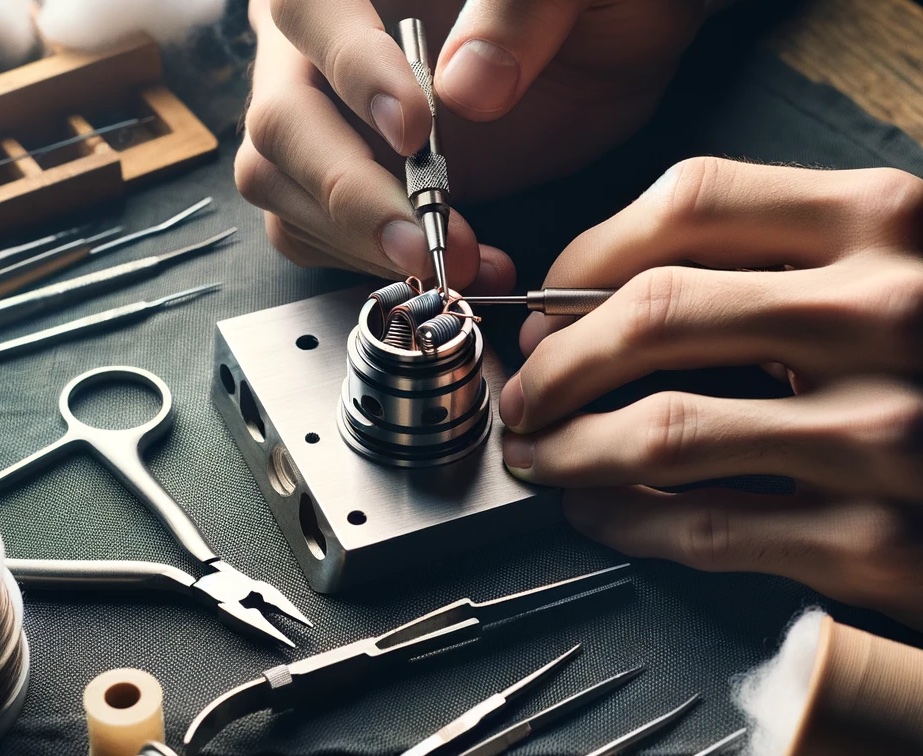
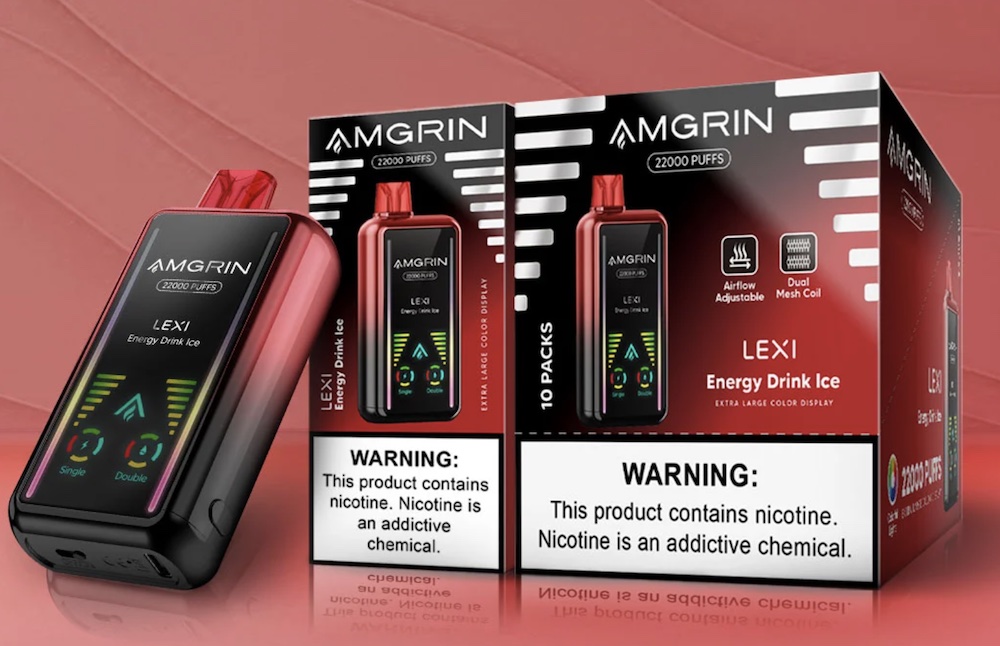
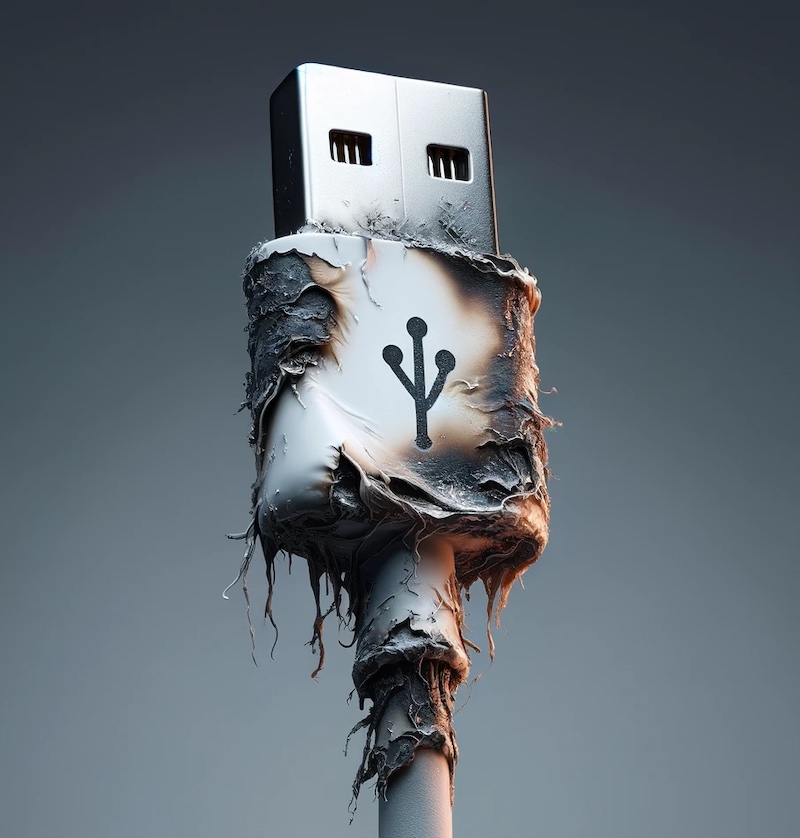

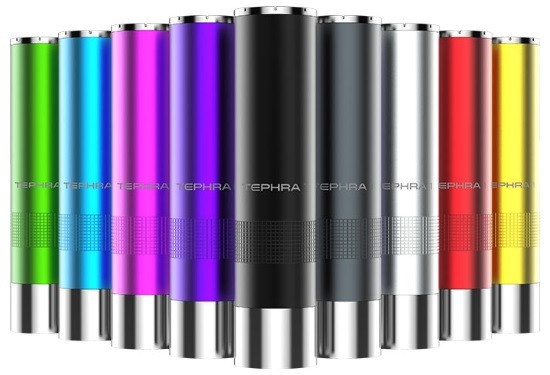
0 Comments